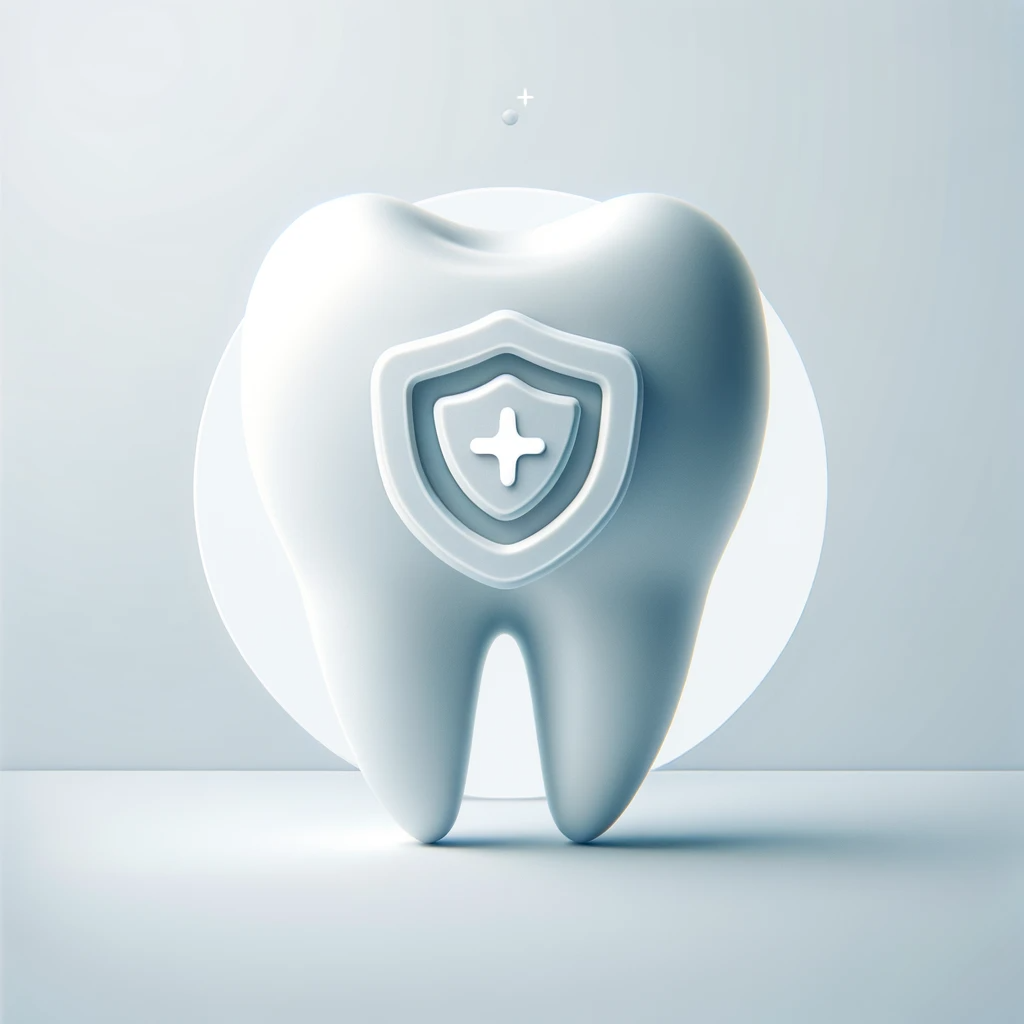Fluoride in Our Water: The What, Why, and How to Navigate It
Embark on a journey through the effervescent world of fluoride in water, a subject that sparkles with intrigue and complexity. As we explore this fascinating blend of health, science, and municipal decision-making, we also delve into the contentious debate surrounding its use. Fluoride, an unassuming yet potent mineral, plays a pivotal role in public health but also stirs a pool of divergent opinions.
While many herald the addition of fluoride to public water supplies as a triumph in dental health, a wave of dissent echoes through communities and individuals who question its universal application. Concerns range from individual rights to choose what goes into their bodies to debates over the long-term health implications of fluoride consumption. This narrative isn't just about the benefits; it's a broader conversation that includes those who advocate for a more tailored approach to fluoridation, respecting the diversity of public opinion and health needs.
Join us as we navigate these waters, uncovering not only the shimmering benefits of fluoride but also the undercurrents of resistance and the quest for autonomy in public health decisions. This exploration isn't just a sip from a glass of water; it's a deep dive into a reservoir of perspectives and discussions. Let's explore every drop of this complex and vital topic.
Why Do Cities Add Fluoride to Water?
Picture this: It's the early 20th century, and dentists are noticing something peculiar. In certain areas, people have fewer cavities. What's the secret? Fluoride! This naturally occurring mineral was found to be the superhero in preventing tooth decay. Fast forward to today, many cities add a dash of fluoride to the public water supply, making it a widespread and cost-effective dental health strategy. It's like a 24/7 dentist for your teeth!
The Sparkling Benefits of Fluoridated Water
Fluoride in water is like a shield for your teeth, battling cavities and dental woes. It's especially beneficial for children, helping develop strong, healthy teeth. Adults aren't left out either – fluoride continues to fight tooth decay throughout our lives. It's a win-win!
But wait, there's more! Community water fluoridation is hailed by the CDC as one of the 20th century's great public health achievements. Why? Because it's been super effective in reducing tooth decay by about 25% in children and adults. That's a lot of saved smiles!
A Drop of Caution: Understanding Fluoride's Effects
Every superhero has its kryptonite, right? In high amounts, fluoride can lead to dental fluorosis – a change in the appearance of tooth enamel. This usually happens when kids get more fluoride than needed while their teeth are still developing. However, this is mostly a cosmetic issue and can be avoided with proper supervision.
How to Steer Clear of Fluoride
If you're looking to minimize fluoride intake, fret not! Here are some quick tips:
Bottled Water: Some brands offer fluoride-free water.
Sustainable boxed water is an even better option here of course!
Water Filters: Look for filters that specifically remove fluoride.
Natural Sources: Spring water typically has lower fluoride levels.
Why Drink Clean Water? Beyond the Fluoride Factor
Drinking clean, filtered water is like giving a spa treatment to your insides. It's refreshing, rejuvenating, and vital for our overall health. Water keeps our body systems running smoothly, our skin glowing, and helps us stay energized. And by choosing water with or without fluoride, you're taking control of your dental health in every sip.
Fluoride in our water is like a hidden gem working silently to protect our pearly whites. While it's beneficial for most, understanding its role and how to manage its intake empowers us to make informed decisions about our health. So next time you take a sip of water, remember – there's a whole world of science and health flowing right through it! Stay hydrated, stay informed, and keep smiling!



